Have you ever wondered how long it takes to groom a dog? Whether you’re a seasoned pet owner or considering adopting a furry friend, understanding the time commitment involved in grooming is essential. In this article, we will explore the factors that influence the grooming duration, including the breed of the dog, the type of coat, and the specific services required. By the time you finish reading, you’ll have a better grasp of how long it takes to keep your four-legged companion looking fabulous.
Understanding the Grooming Process
Grooming is an essential aspect of maintaining your dog’s overall health and well-being. Not only does it contribute to your furry friend’s physical appearance, but it also helps prevent various health issues. By understanding the grooming process, you’ll be able to provide the necessary care your dog needs.
Importance of grooming
Regular grooming plays a crucial role in keeping your dog’s coat clean and healthy. It helps to remove dirt, debris, and loose hair, preventing matting and tangling. Grooming also promotes good blood circulation and distribution of natural oils, which are essential for a healthy coat. Additionally, it allows you to carefully examine your dog’s skin for any abnormalities, such as cuts, sores, or signs of parasites, enabling early detection and treatment.
Stages of the grooming process
The grooming process consists of several stages that ensure your dog receives comprehensive care. These stages include pre-grooming preparations, bathing and drying, brushing, nail trimming, ear cleaning, and finally, hair trimming or shaving. Each step serves a specific purpose and contributes to maintaining your dog’s hygiene and appearance.
Frequency of grooming
The frequency of grooming largely depends on your dog’s breed, coat type, and individual needs. Generally, most dogs require grooming every 4-8 weeks, while some may need more frequent sessions. Regular brushing and maintenance tasks, such as nail trimming and ear cleaning, should be done at least once a week to keep your dog’s coat and overall health in top shape.
Factors Affecting Grooming Duration
Several factors can influence the duration of a grooming session for your dog. Understanding these factors will help you plan and allocate the appropriate amount of time for grooming.
Dog breed and coat type
Different dog breeds have varying coat types, which require different levels of attention and care. Breeds with longer, thicker coats, such as Golden Retrievers or Poodles, will generally require more time for grooming compared to short-haired breeds like Beagles or Boxers.
Dog size
The size of your dog also affects the grooming duration. Naturally, larger dogs will take more time to groom, especially when it comes to bathing, drying, and brushing their voluminous coats. Small breed dogs, on the other hand, might take less time due to their compact size and shorter coats.
Dog’s health and age
The health and age of your dog can impact their grooming duration as well. Dogs with underlying health issues or older dogs may require extra care and attention during grooming, which could lengthen the process. Additionally, puppies and younger dogs might need shorter grooming sessions due to their smaller size and limited coat.
Previous grooming habits
If your dog has been consistently groomed and maintained in the past, the grooming session is likely to be shorter. Good grooming habits and regular attention to your dog’s coat will help prevent matting and tangling, reducing the time needed for brushing and detangling.
Dog’s behavior and temperament during grooming
The behavior and temperament of your dog during grooming can significantly affect the duration. If your dog is calm, cooperative, and enjoys being groomed, the process will be smoother and quicker. However, if your dog is anxious or restless, it might take more time to properly groom them with care and patience.
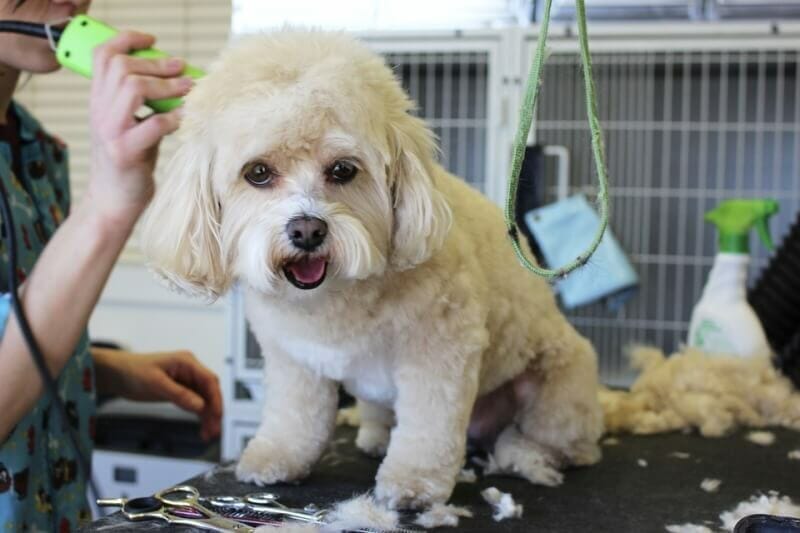
Grooming Time for Different Breeds
The grooming time required for each breed can vary widely due to factors such as coat length, thickness, and grooming needs. Here’s an overview of the grooming time you can expect for different breeds:
Grooming small breeds
Small breed dogs, such as Chihuahuas or Pomeranians, usually require less grooming time due to their compact size and shorter coats. On average, grooming a small breed dog may take around 1-2 hours, including brushing, bathing, nail trimming, and ear cleaning.
Grooming medium breeds
Medium-sized breeds like Cocker Spaniels or Bulldogs may require a bit more grooming time compared to small breeds. Typically, grooming a medium-sized breed can take approximately 2-3 hours, considering the various grooming tasks involved.
Grooming large breeds
Large breed dogs, such as German Shepherds or Golden Retrievers, often have thick, double coats that require regular grooming. The grooming process for large breeds might take around 3-4 hours, mainly due to the time-consuming tasks of brushing and drying their dense coats.
Grooming time for short-haired dogs
Short-haired dogs generally have lower grooming requirements compared to long-haired breeds. For these breeds, grooming may involve minimal brushing, bathing, and regular maintenance tasks like nail trimming and ear cleaning. The grooming time for short-haired dogs can range from 30 minutes to an hour.
Grooming time for long-haired dogs
Long-haired breeds, such as Maltese or Shih Tzus, typically require the most grooming time due to their intricate coats. Grooming a long-haired dog can take anywhere from 3-6 hours, depending on the length, density, and condition of their fur. Regular brushing and thorough detangling are essential for maintaining their long coats, which significantly contribute to grooming time.
Step-By-Step Grooming Process and Duration
To ensure a well-rounded grooming session, it’s important to understand the step-by-step process and the estimated time required for each stage. Here’s a breakdown of the grooming process and its duration:
Pre-grooming stage
Before initiating the grooming process, it’s essential to prepare your dog and the grooming area. This includes gathering the necessary grooming tools and checking for any safety hazards. The pre-grooming stage typically takes about 10-15 minutes, ensuring you have everything you need readily available.
Bathing and drying
Bathing your dog is an essential part of the grooming process, ensuring cleanliness and the removal of dirt and odors. The duration of the bathing process depends on your dog’s size, breed, and coat condition. On average, bathing and proper drying may take around 30 minutes to an hour.
Brushing
Brushing your dog’s coat is vital in maintaining its health and appearance. The time required for brushing varies depending on the coat length and thickness. For short-haired dogs, brushing may take 10-20 minutes, while long-haired breeds may require 30 minutes to an hour or more for proper brushing and detangling.
Nail trimming
Trimming your dog’s nails not only keeps them at an appropriate length but also prevents discomfort or injuries from overgrown nails. The duration of nail trimming varies depending on your dog’s cooperation and the technique used. On average, nail trimming may take 5-10 minutes.
Ear cleaning
Cleaning your dog’s ears is crucial to prevent infection and maintain good ear health. The duration of ear cleaning usually takes about 5-10 minutes, depending on your dog’s ear condition and cooperation.
Hair trim or shave
Some breeds, especially those with dense or fast-growing coats, may require trimming or shaving to maintain a manageable length. The time required for hair trimming or shaving varies greatly depending on the breed, the desired style, and the length of the coat. This process can take anywhere from 15 minutes to a few hours.
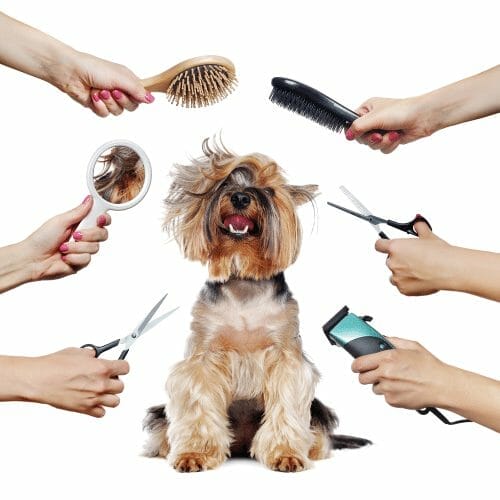
Professional vs At-Home Grooming
When it comes to grooming your dog, you have two options: professional grooming services or at-home grooming. Both approaches have their advantages and disadvantages, and the time required for each method differs.
Time duration for professional grooming
Professional grooming sessions tend to be more time-efficient compared to at-home grooming. This is due to the expertise and experience of professional groomers, who are skilled in efficiently completing all grooming tasks. On average, a professional grooming session for your dog may take anywhere from 1-3 hours, depending on your dog’s breed, size, and specific grooming requirements.
Time duration for at-home grooming
At-home grooming allows you to bond with your dog while personally attending to their grooming needs. However, it generally takes longer compared to professional grooming. The duration may vary based on your comfort level and experience, but expect to dedicate around 2-4 hours, or more, for comprehensive grooming at home.
Advantages and disadvantages of both methods
Professional grooming offers the convenience of leaving the grooming responsibilities to trained experts, saving you time and effort. They have the proper tools, skills, and knowledge to handle various breeds and coat types. On the other hand, at-home grooming allows you to intimately care for your dog while potentially saving money in the long run. However, it requires investing in grooming tools and dedicating more time to complete the grooming process.
How to Reduce Grooming Time
While grooming your dog is necessary, finding ways to minimize grooming time without compromising quality is beneficial. Implementing the following tips can help save time during grooming sessions:
Maintaining a regular grooming schedule
Establishing and adhering to a consistent grooming schedule can prevent excessive grooming needs. Regular brushing and maintenance tasks, such as nail trimming and ear cleaning, help keep your dog’s coat and overall health in good condition, reducing the time required for intensive grooming sessions.
Using the right grooming tools
Investing in the appropriate grooming tools can make the grooming process more efficient. High-quality brushes, combs, nail clippers, and other grooming essentials can help effectively and swiftly complete the necessary grooming tasks, reducing grooming time.
Training your dogs for grooming sessions
Training your dog to become comfortable and cooperative during grooming sessions can significantly reduce grooming time. Gradually introduce grooming activities to your dog, rewarding them for positive behavior and gradually extending the duration of the grooming sessions. Positive reinforcement and patience go a long way in creating a stress-free grooming experience for both you and your furry friend.
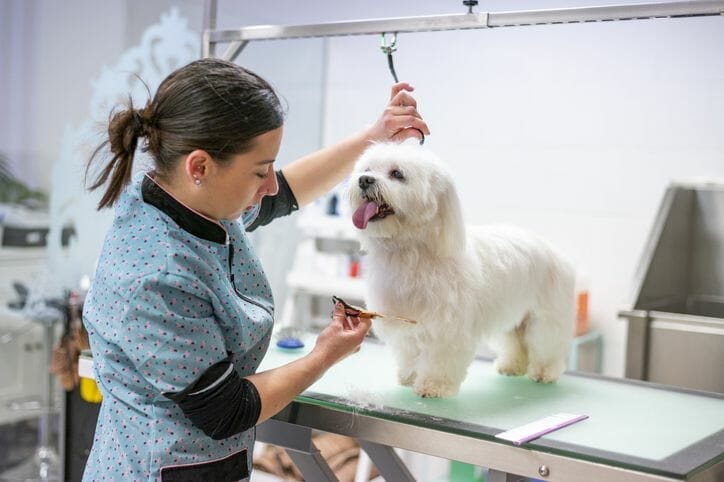
Health Impact of Grooming
Grooming directly impacts your dog’s health and well-being. Understanding how grooming affects their overall health is essential in providing the best care possible.
Impacts of regular grooming on dog’s health
Regular grooming promotes good hygiene and helps prevent various health issues. Brushing removes loose hair and stimulates blood circulation, contributing to a healthier coat. Bathing eliminates dirt, bacteria, and parasites, reducing the risk of skin infections. Regular nail trimming prevents overgrowth that can lead to pain and difficulty in walking. Ear cleaning prevents the buildup of wax and debris, minimizing the risk of infections. Overall, regular grooming maintains your dog’s cleanliness and contributes to their overall health and comfort.
Consequences of inadequate grooming
Inadequate grooming can have detrimental effects on your dog’s health. Neglected grooming can result in matting and tangling of the coat, making it uncomfortable and painful for your dog. Matting can also trap dirt, debris, and parasites, leading to skin infections. Overgrown nails can cause discomfort, difficulty walking, and even lead to joint issues. Ignoring ear cleaning may result in ear infections or the presence of ear mites. It’s crucial to prioritize grooming to prevent these potential health consequences.
Signs your dog needs immediate grooming
Pay attention to signs that indicate your dog is in need of immediate grooming. Excessive shedding, matting, itching, odor, or discharge from ears are signs that your dog’s grooming needs attention. Promptly addressing these signs will ensure your dog stays healthy and comfortable.
Cost Implications of Grooming
Understanding the cost implications of grooming is essential for budgeting and decision-making. Whether you opt for professional grooming services or decide to groom your dog at home, there are factors to consider.
Cost of professional grooming
The cost of professional grooming services varies based on your location, the size of your dog, the breed, and specific grooming needs. On average, professional grooming sessions can cost anywhere from $50 to $100 or more per session. Additional services such as haircuts or specialty treatments may incur extra charges. It’s important to factor in these costs when planning your budget.
Cost of at-home grooming tools
At-home grooming requires the initial investment in grooming tools and products. The cost of these tools varies based on their quality and features. On average, grooming tools such as brushes, combs, nail clippers, and shampoos can range from $20 to $100 or more, depending on your preferences. While there is an upfront cost, owning the necessary tools provides long-term savings compared to frequent professional grooming sessions.
Long-term cost comparison
When considering the long-term cost, at-home grooming generally proves to be more cost-effective. Although professional grooming might be convenient, the recurring expense can accumulate over time. By investing in grooming tools and learning to groom your dog at home, you can save money in the long run. However, it’s important to consider your personal preferences, time availability, and grooming skills before deciding which option is best for you.

Choosing the Right Grooming Tools
Choosing the right grooming tools is crucial for effective and safe grooming sessions. Ensure you have the following essential tools to provide the best care for your dog:
Brushes and combs
Different coat types require specific brushes and combs for optimal grooming. Bristle brushes and slicker brushes work well for medium to long-haired breeds, while rubber brushes are suitable for short-haired breeds. For dogs with thick or double coats, undercoat rakes or de-shedding tools can help reduce shedding. Additionally, combs with different teeth widths are useful for detangling and removing debris.
Nail clippers
Nail clippers come in various types, including guillotine-style clippers, scissor-style clippers, and rotary grinders. Choose a suitable type based on your preference and your dog’s comfort level. It’s crucial to trim nails carefully and avoid cutting into the quick, which can cause bleeding and pain.
Shampoos and conditioners
Selecting the right shampoos and conditioners is essential for your dog’s coat and skin health. Use mild, dog-specific shampoos and conditioners that cater to your dog’s specific needs, such as moisturizing shampoos for dry coats or hypoallergenic options for sensitive skin. Avoid using human shampoos, as they can strip away essential oils and cause skin irritation.
Blow dryers for dogs
Investing in a blow dryer designed for dogs can significantly reduce drying time after bathing. These dryers have adjustable temperature settings and forceful airflow, enabling quick and efficient drying without overheating your dog or damaging their coat. Choose a dryer that suits your dog’s size and coat type for best results.
Handling Grooming Challenges
Grooming challenges may arise when dealing with difficult dogs, specific health conditions, or dogs with fear and anxiety. Understanding how to address these challenges ensures a smoother grooming experience.
Dealing with difficult dogs
Some dogs may exhibit challenging behavior during grooming, such as excessive fidgeting, aggression, or fear. In such cases, it’s crucial to approach grooming with patience and consider seeking professional help, such as a certified dog trainer or behaviorist. They can provide guidance and techniques to help manage difficult behavior and make grooming a more comfortable experience for both you and your dog.
Dog grooming for certain health conditions
Dogs with certain health conditions, such as allergies, skin infections, or arthritis, require extra care during grooming. It’s important to consult with your veterinarian to determine the best grooming practices and products suitable for your dog’s specific needs. They can provide recommendations on gentle grooming techniques or prescribe medicated shampoos or treatments, ensuring your dog’s health is prioritized.
Addressing grooming fear and anxiety in dogs
Grooming fear and anxiety are common in some dogs and can make the grooming experience stressful for both the dog and the owner. Gradual desensitization techniques, positive reinforcement, and the use of calming aids, like ThunderShirts or pheromone sprays, can help alleviate fear and anxiety. Creating a calm and positive grooming environment is essential for the emotional well-being of your dog.
In conclusion, understanding the grooming process and the factors that affect grooming duration are key to providing comprehensive care for your dog. Whether you opt for professional grooming or choose to groom your dog at home, maintaining a regular grooming schedule, using the right tools, and prioritizing your dog’s health are crucial. By following the step-by-step grooming process and addressing any challenges that may arise, you can ensure a positive grooming experience that contributes to your dog’s overall well-being for years to come.
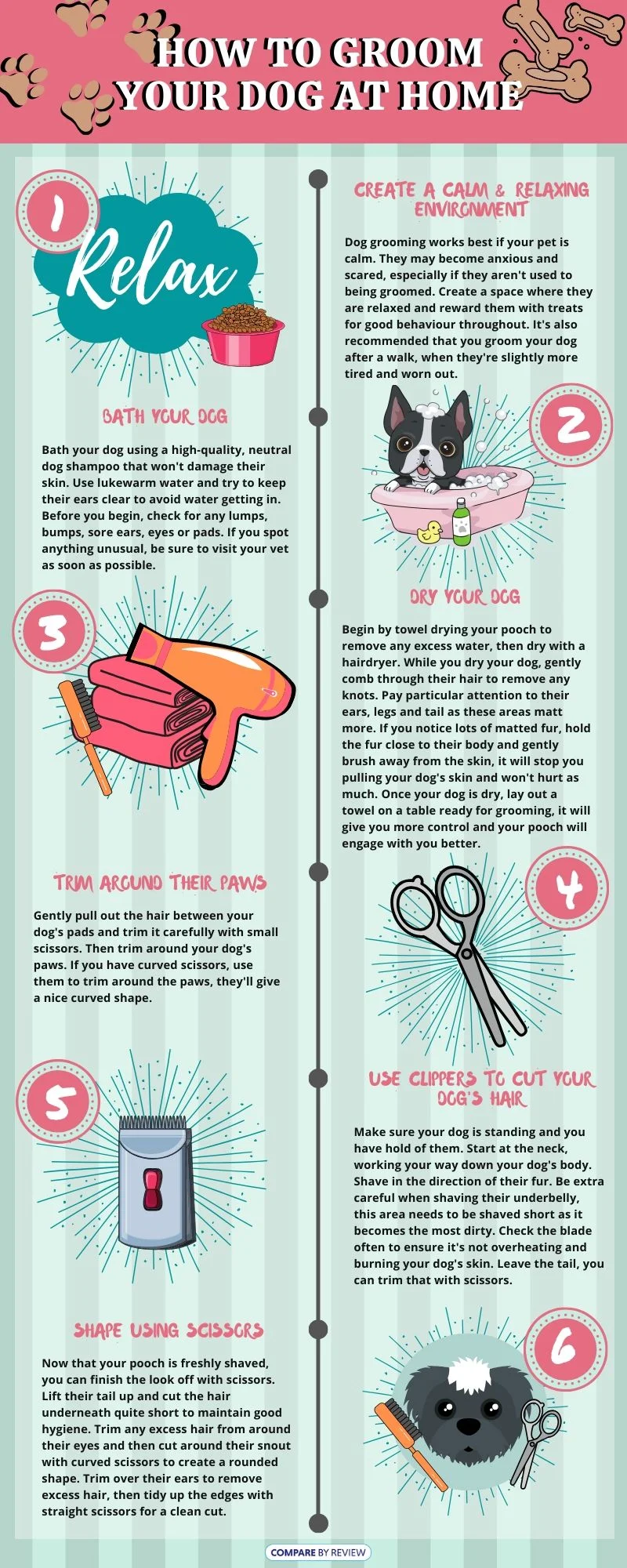

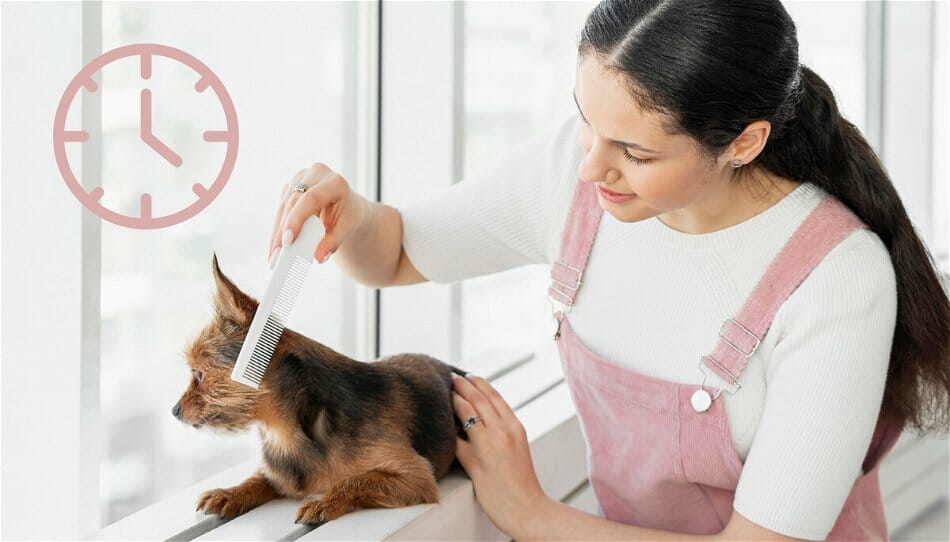
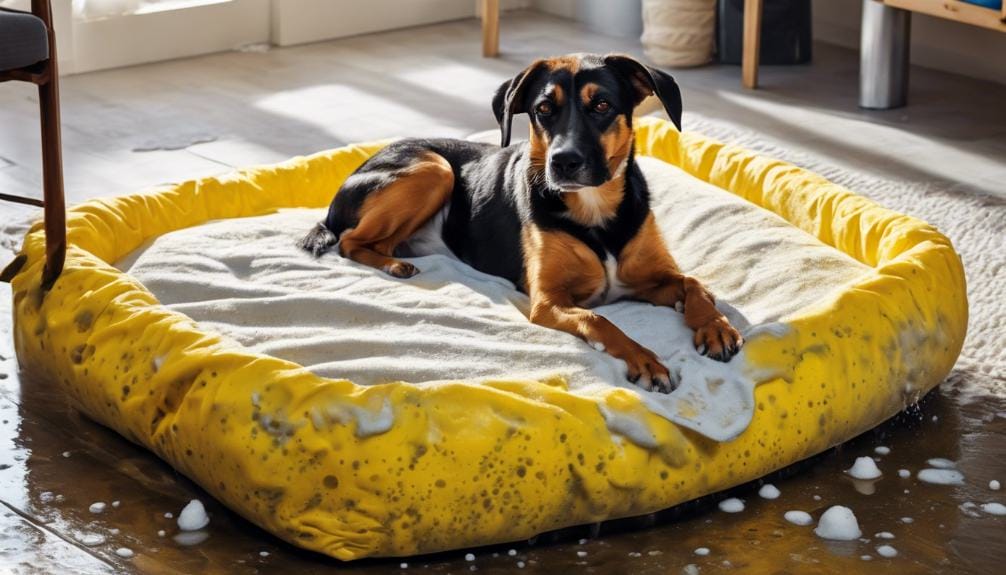
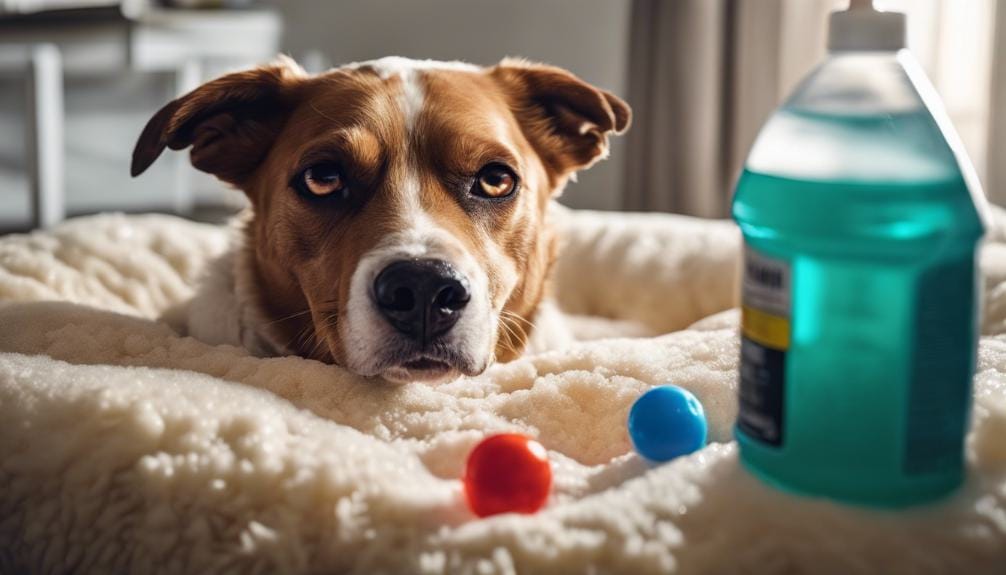
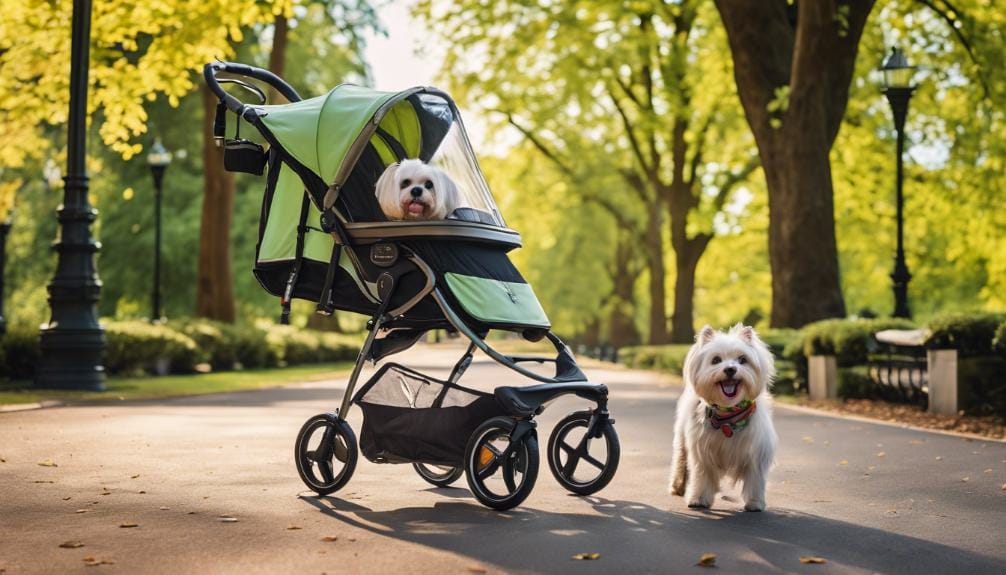
Leave a Reply
You must be logged in to post a comment.